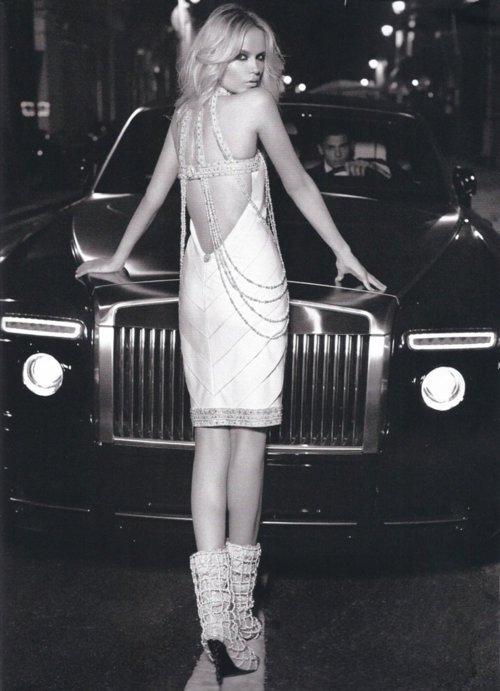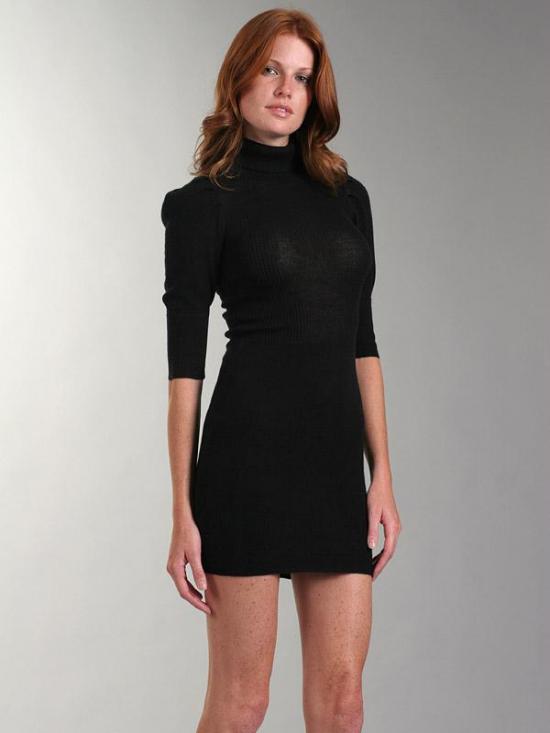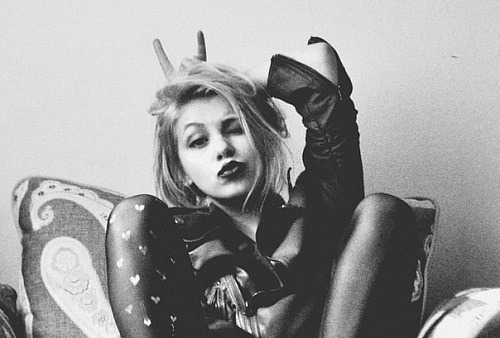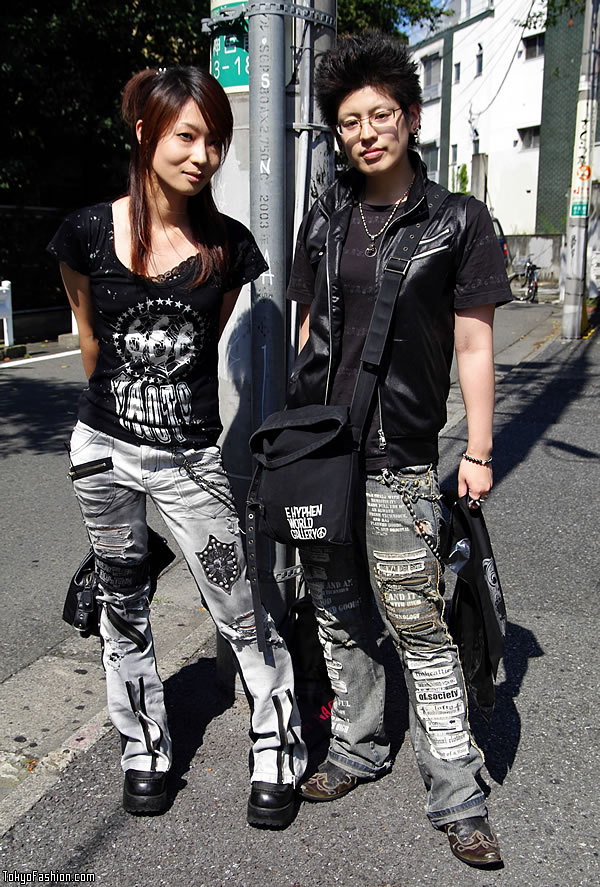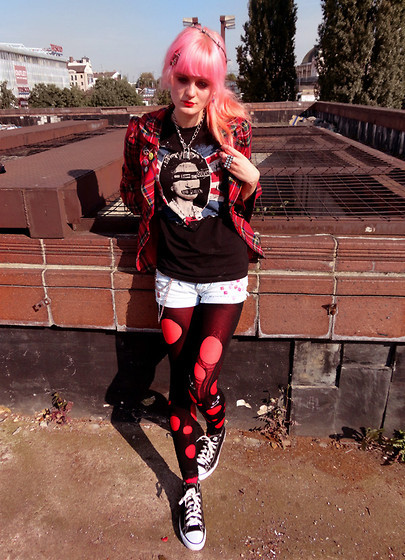Flappers had their origins in the liberal period of the Roaring Twenties, the social, political turbulence and increased transatlantic cultural exchange that followed the end of World War I, as well as the export of American jazz culture to Europe.
The first appearance of the word and image[22] in the United States came from the popular 1920 Frances Marion film, The Flapper, starring Olive Thomas.[23] Thomas starred in a similar role in 1917, though it was not until The Flapper that the term was used. In her final movies, she was seen as the flapper image.[24] Other actresses, such as Clara Bow, Louise Brooks, Colleen Moore and Joan Crawford would soon build their careers on the same image, achieving great popularity.[23]
In the United States, popular contempt for Prohibition was a factor in the rise of the flapper. With legal saloons and cabarets closed, back alley speakeasies became prolific and popular. This discrepancy between the law-abiding, religion-based temperance movement and the actual ubiquitous consumption of alcohol led to widespread disdain for authority. Flapper independence was also a response to the Gibson girls of the 1890s.[25][26] Although that pre-war look does not resemble the flapper style, their independence may have led to the flapper wise-cracking tenacity 30 years later.
Writers in the United States such as F. Scott Fitzgerald and Anita Loos and illustrators such as Russell Patterson, John Held, Jr., Ethel Hays and Faith Burrows popularized the flapper look and lifestyle through their works, and flappers came to be seen as attractive, reckless, and independent. Among those who criticized the flapper craze was writer-critic Dorothy Parker, who penned "Flappers: A Hate Song" to poke fun at the fad. The secretary of labor denounced the "flippancy of the cigarette smoking, cocktail-drinking flapper."[27] A Harvard psychologist reported that flappers had "the lowest degree of intelligence" and constituted "a hopeless problem for educators."[27]
A related but alternative use of the word "flapper" in the late 1920s was as a media catch word that referred to adult women voters and how they might vote differently than men their age. While the term "flapper" had multiple uses, flappers as a social group were distinct from other 1920s fads.



